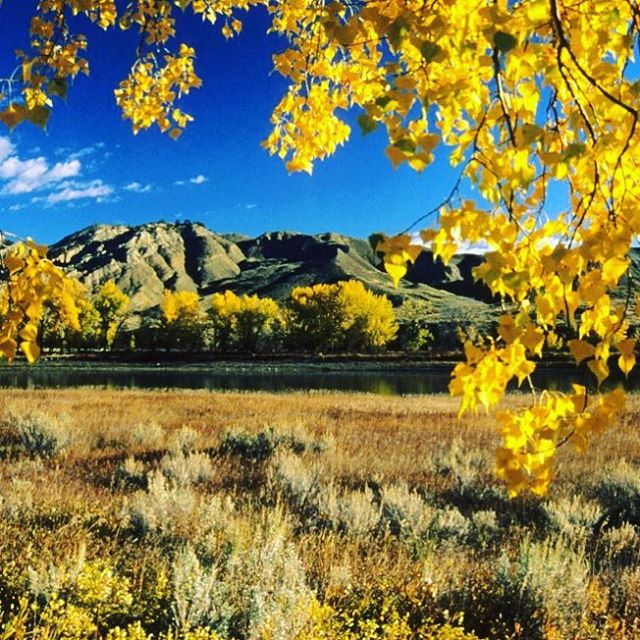Jordan Wildlife Station
Jordan Wildlife Station National Wildlife Refuge is a part of the Charles M. Russell National Wildlife Refuge which is a l.3 million-acre wildlife refuge surrounding Fort Peck reservoir. The refuge is classified as 'Missouri River Breaks' habitat which is typified by deep coulees and large gumbo buttes. This habitat has been shaped by wind and water erosion forming spectacular clay shale formations with moderate ponderosa pine stands where suitable growing conditions exist. This area is semi-arid with rolling prairies falling off into the 'breaks' and finally meeting the lake shore in the valleys below.
Fort Peck reservoir is a 1/4 million acre lake formed by a large earth filled dam on the Missouri River. The shore line extends more than 1,700 miles with many bays and points along the shoreline. The lake provides excellent boating and fishing opportunities and is a great way to view the refuge. Numerous species of fish abound in the lake to include walleye, sauger, northern pike, small-mouth bass, perch, ling, cod, paddle fish, lake trout, and chinook salmon. Many record size fish are caught on the lake each year which provides numerous hours of fishing opportunities all year around. Most fish are caught by boat or through the ice during the winter.
Be sure to look for elk, mule and white-tailed deer, bighorn sheep, antelope, mountain lions, bobcats, coyotes, badgers, and bald and golden eagles. Viewing them is best during the early morning or late evening.
Staff located in the office will provide maps and recreational information concerning the refuge.
Directions
Jordan Wildlife Station National Wildlife Refuge includes a field station office located in Jordan. Our office is located 1/4 mile west of the intersection of Highway 200 and 59 just off of Highway 200. We are located in a yellow building just off the highway designated by Charles M. Russell National Wildlife Refuge signs.
The Charles M. Russell National Wildlife Refuge is located 25 miles north of Jordan off of Hell Creek Road. The Jordan district of the refuge encompasses 325,000 acres of Missouri River Breaks habitat along the Fort Peck reservoir.1


